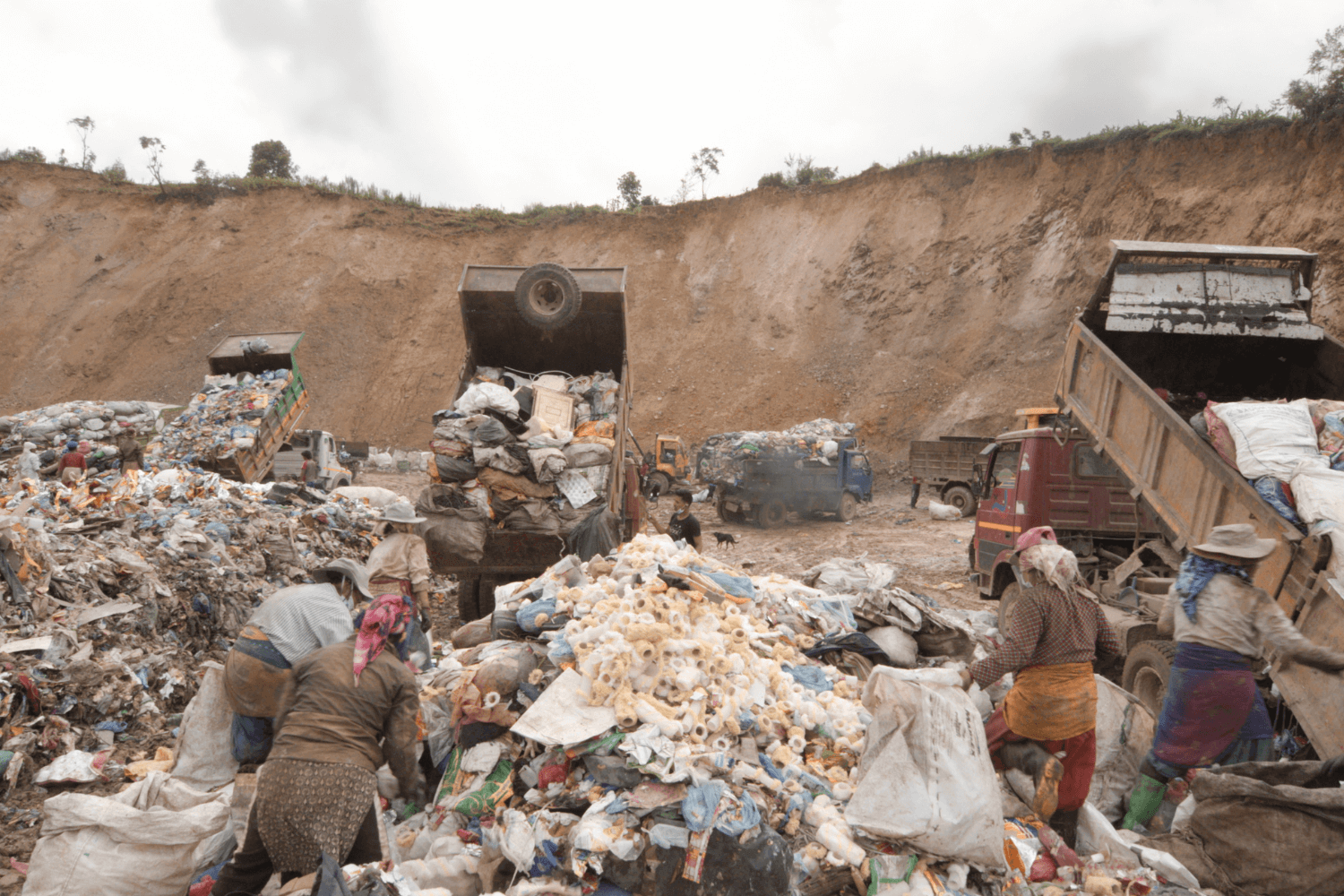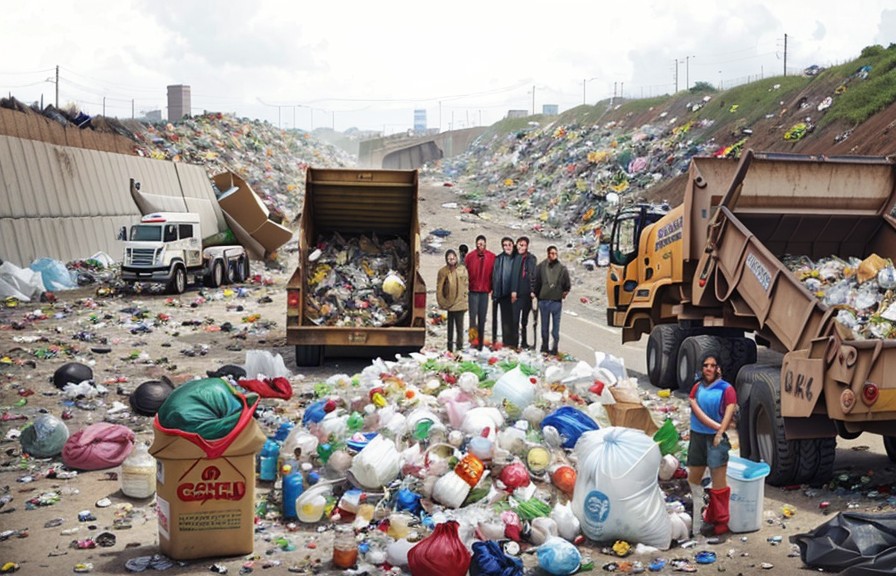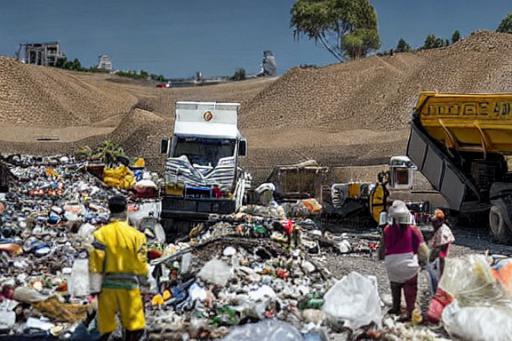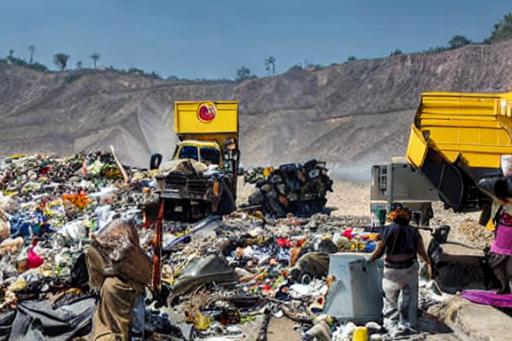The process of animation is exposed as a series of images, here at a low rate of 12 frames per second. The scene from Geyrhalter's film becomes a hazy Los Angeles flood control channel, where mysterious figures appear and disappear. Proportions shift. Everyone stands passively, facing away from the 'camera', and when they do face the camera their features are indistinct. An individual becomes a position in a series, a succession of morphing, replacable individuals without identity. We move from the qualities and existence of things to quantities and essences. The same for corporate logos, trash bags of different colours - their contents formerly composed of objects once used and perhaps loved, now they are forms without content.
Here in the part of Florence where I stay, large, carefully designed trash bins reside on every street, larger objects accumulate around them, trucks not unlike the ones seen here arrive regularly and lift them to empty their contents from the bottom. I found it an interesting exercise to watch one of these videos all the way through - you can choose the three or eight minute version - then to go outside and observe the world. Seeing like a machine? Maybe. But observing rhythms, processes, morphings, indistinct objects and perhaps people. Power poles in the distance remind us of grids and movement of resources. Our social and environmental reality of inputs and outputs. When and where do they take on meaning, cease to become 'garbage' or ephemeral forms without content?




